Grand Canyon Christmas
No higher ed commentary or culture/tech snark here. Just a few pics of me and my brother at Grand Canyon a few days before Christmas. (OK, some GC-inspired thoughts on mis- and disinformation.)
Early Friday morning, December 23, my brother and I flew from sunny Phoenix, where it was 65 degrees Thursday afternoon, through the worst of the Arctic air mass that has bedeviled most of the US since mid-week. When we landed in Minneapolis late Thursday night, it was already -9 degrees and falling fast. Yesterday morning, Christmas Eve, only the southern tip of Florida was above freezing. In Orlando, for reference, it is currently 33 degrees, as of 9:00am ET on Christmas morning.
We spent several days bumming around southern Arizona. We visited Grand Canyon and ate most of our meals at this little walk-up taqueria called El Norteño, which provided delicious and authentic sustenance for nearly all our meals, including chorizo and egg breakfast burros that sustained us throughout our GC hikes.
There’s a really neat book they sell at the official Grand Canyon gift shop (the one run by the National Park Service) called Over the Edge: Death in Grand Canyon. The book has appeared in several new editions since its first publication in 2001, simply because so many people keep dying in GC. So they have to keep updating it every few years. There are many ways to die in GC. This nearly 600-page book chronicles the misadventures of hundreds of unfortunate souls, with each chapter devoted to a different “genre” of death (falls from the rim, falls from within the canyon, environmental deaths, murders, etc.).
Grand Canyon is a vast and terrifying place for humans—sort of like the web and social media. Staying safe in Grand Canyon (i.e., not dying or getting seriously injured) requires a combination of individual, regulatory, and community solutions—also like the web and social media. Sure, we could prevent deaths at GC by closing the park to visitors altogether; I suppose we could try to prevent the spread of dis- and misinformation by shutting down the internet, too, though both of these “solutions” seem highly unlikely and counterproductive. This got me thinking about the book project. I think I may have found my opening metaphor: how is Grand Canyon like contemporary digital/internet culture?
For one thing, both are impossibly vast. Both can be dangerous. Both the GC and digital media are compelling and awe-inspiring in their own ways. Both inspire people to take crazy risks just to get a cool pic for Instagram.
Individual. People have to be smart in Grand Canyon. You have to rely on your own smarts and common sense not to die. Don’t take unnecessary risks, don’t die for the ‘Gram, don’t try to crawl down that innocent looking ravine to snap the perfect pic. I am only about 100 pages into Over the Edge, and already there are scores of stories about people who died in the midst of trying to get the perfect GC selfie or group photo. As with the web and social media, people do have to exercise some individual responsibility, intelligence, and discipline. There’s just no way around this, and we can certainly educate people to be more wary of the vastness and danger the GC represents. In fact, the entire focus of Over the Edge, at least according to its authors, is to educate people so they don’t take chances and don’t die at GC.
Regulatory. The US National Parks Service also has an important regulatory role to play in terms of providing safety information, warnings, and education. But they can’t do everything. For instance, according to Over the Edge, many GC visitors are amazed that most of the rim isn’t protected by guard rails. “There should be guard rails everywhere!” they say. But as the book points out, this would require nearly 3,000 miles of guard rails to protect the entire GC rim, which would be prohibitively expensive (not to mention visually unappealing). Plus, people would still crawl through the guard rails to post for crazy dangerous selfies. This makes me think a lot about the various calls to regulate the web and social media. In the aftermath of the 2016 presidential election, for instance, there were calls for Google, Facebook, Twitter, and the other tech giants to do more to regulate the digital landscape. There is still a healthy discourse around regulating dis- and misinformation.
Community. This is the trickiest one to envision. How can we work together to ensure that no one dies in GC? How can the community of visitors, rangers, and NPS personnel work in tandem to prevent deaths at GC? How can we develop better civic literacies and media literacies to prevent the spread of problematic information on the web and social media? The work of Paul Mihailidis points the way to some of these potential community-sponsored interventions.
Something else? What am I forgetting? Are there other ways that we can envision to prevent further deaths and injuries at Grand Canyon? What about on the web and social media? Drop a line in the comments below.
Merry Christmas!




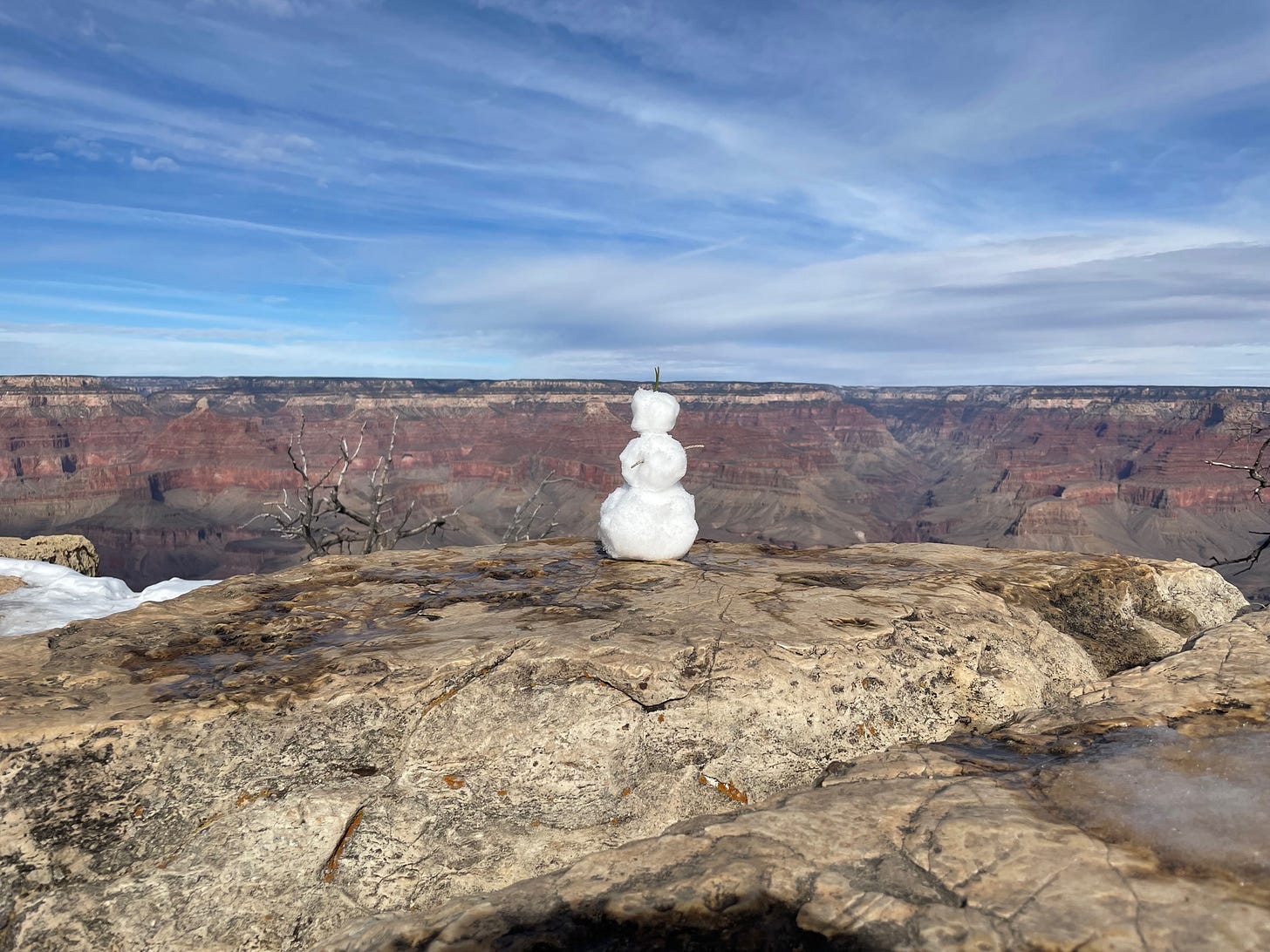
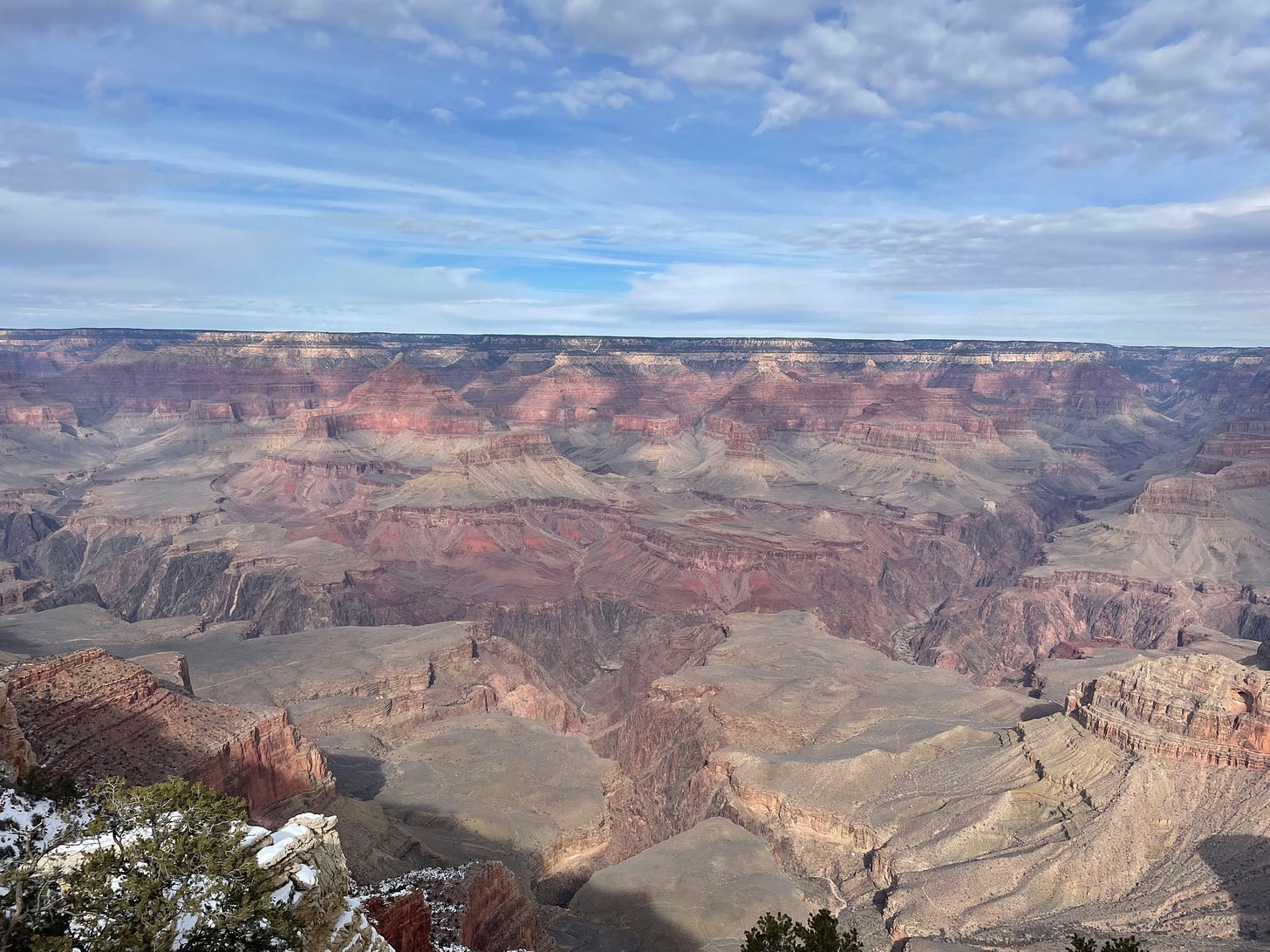
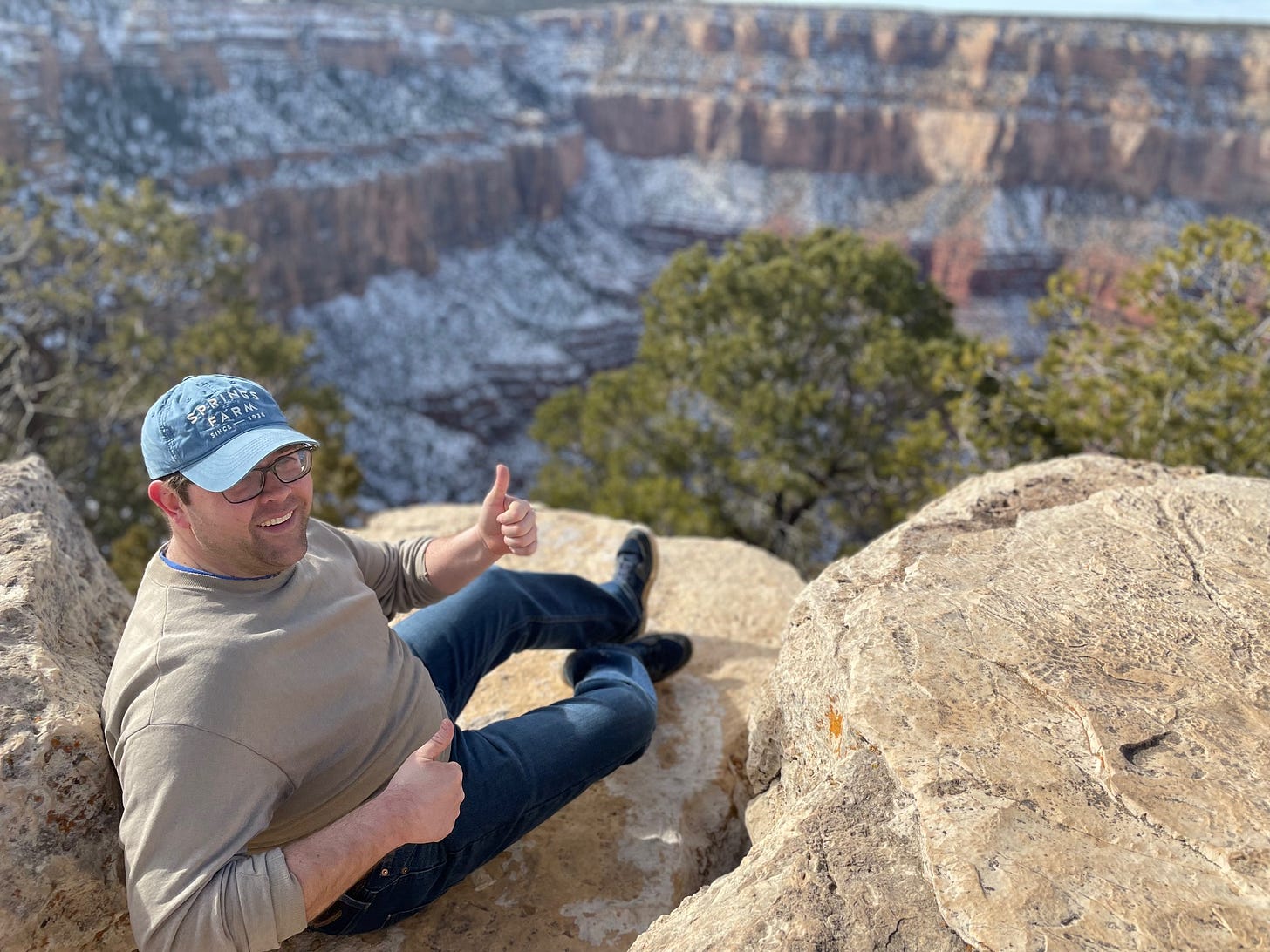
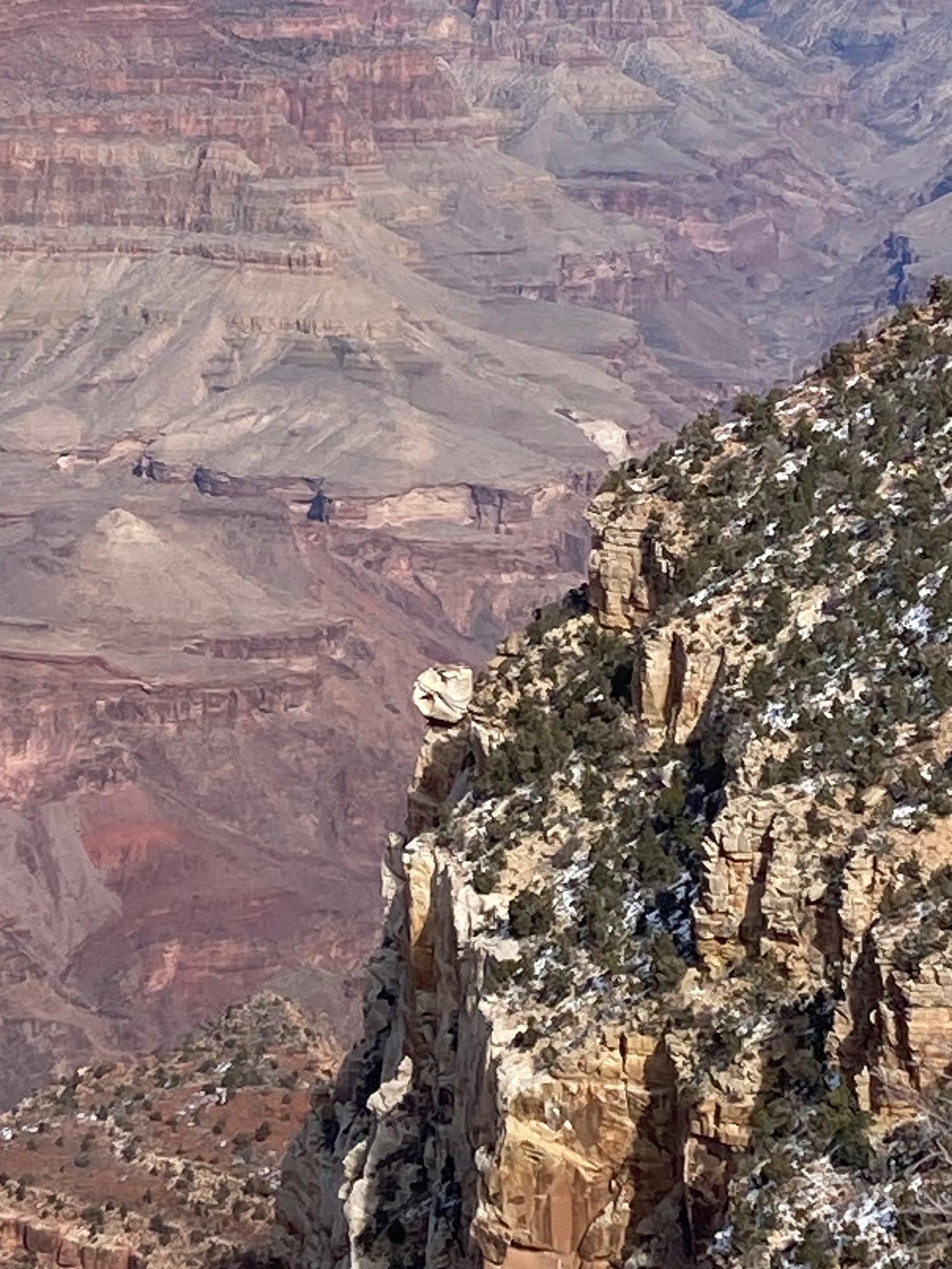



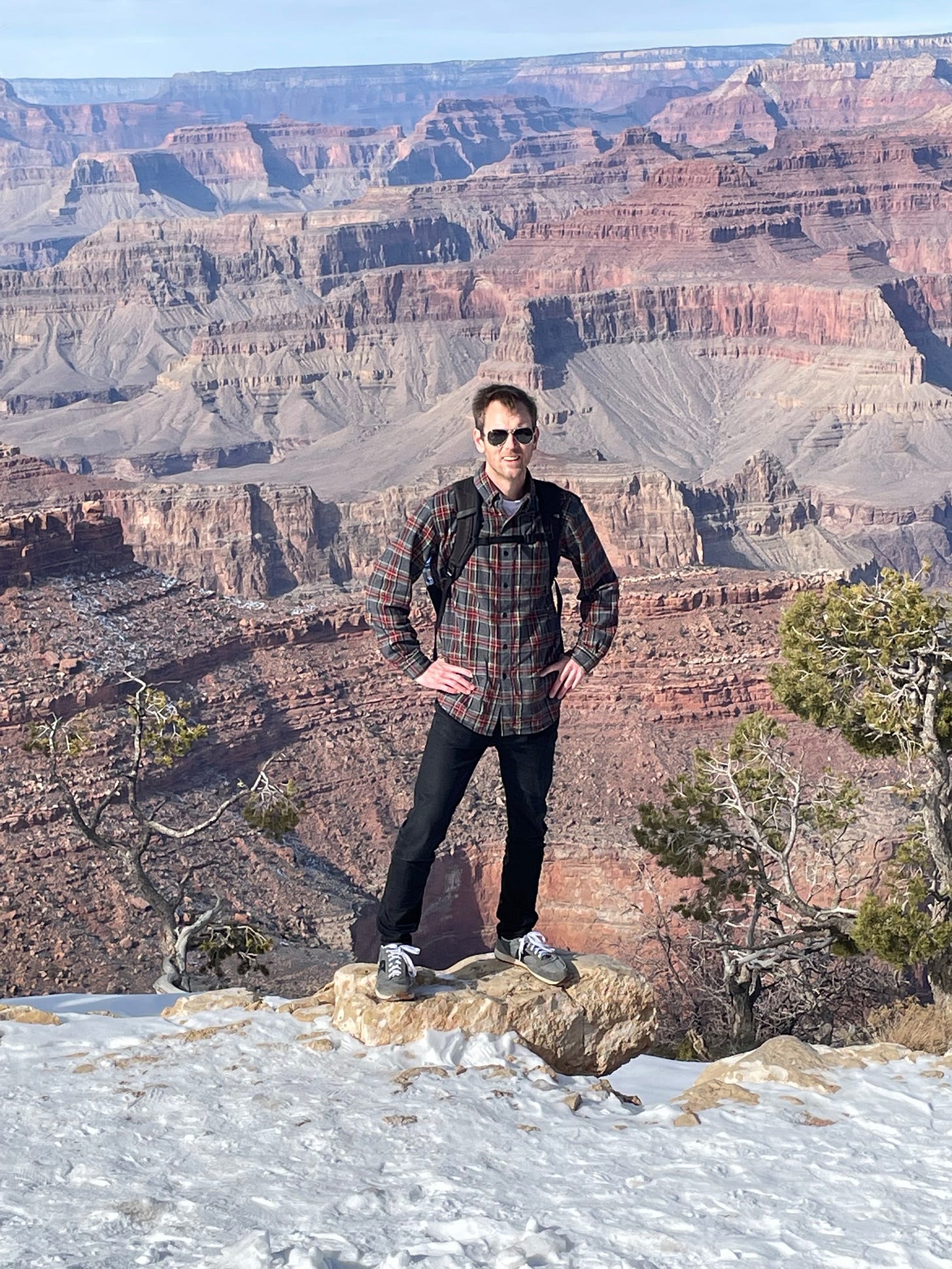
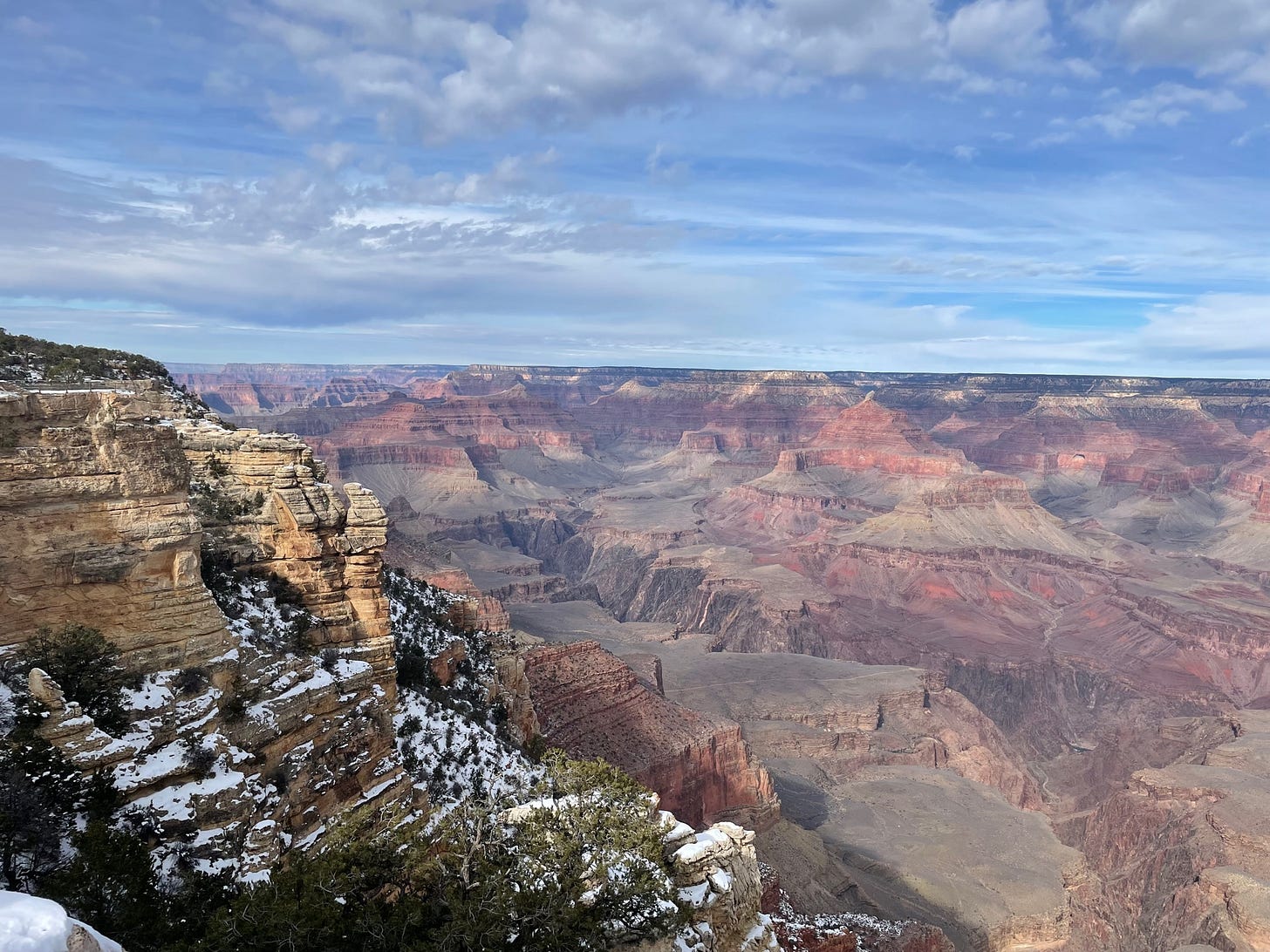
Love your GC photos and your thoughts relating GC deaths to misinformation/disinformation. I hope you and your family had a wonderful Christmas!!